My blog post about acrostics (especially about one in a letter of resignation from a presidential advisory committee) has been quite popular among my readers. Here are a few more acrostics.
In January 2010, Jonathan I. Schwartz, CEO of Sun Microsystems, sent the following email to all Sun employees on the completion of the acquisition of Sun by Oracle Corporation:
The initial letters of the first seven paragraphs spell BEAT IBM.
Acrostics
The coding method used here is known as “acrostic”. An acrostic is a text, in which the first letter (or syllable, or word) of each line (or paragraph) spells out a message. Acrostics are a special case of null ciphers and belong to the field of steganography.
By the way, my new (German) book, Versteckte Botschaften, is about the history of steganography. It will be published in a few days. The book contains a whole chapter about acrostics, among others created by Arnold Schwarzenegger, PETA, Edgar Allan Poe, and WW2 soldiers.
On Monday this week I inroduced a few acrostics not contained in the book, especially the one that is included in a recent letter of resignation written by an advisory committee of Donald Trump. This article was well received, so I decided to introduced a couple of more acrostics in today’s post.
More acrostics
James May, presenter on the BBC program Top Gear, was fired from the magazine Autocar for spelling out a message using the large red initial at the beginning of each review in the publication’s Road Test Yearbook Issue for 1992:
The message reads: “So you think it’s really good? Yeah, you should try making the bloody thing up. It’s a real pain in the arse.”
___________________________________
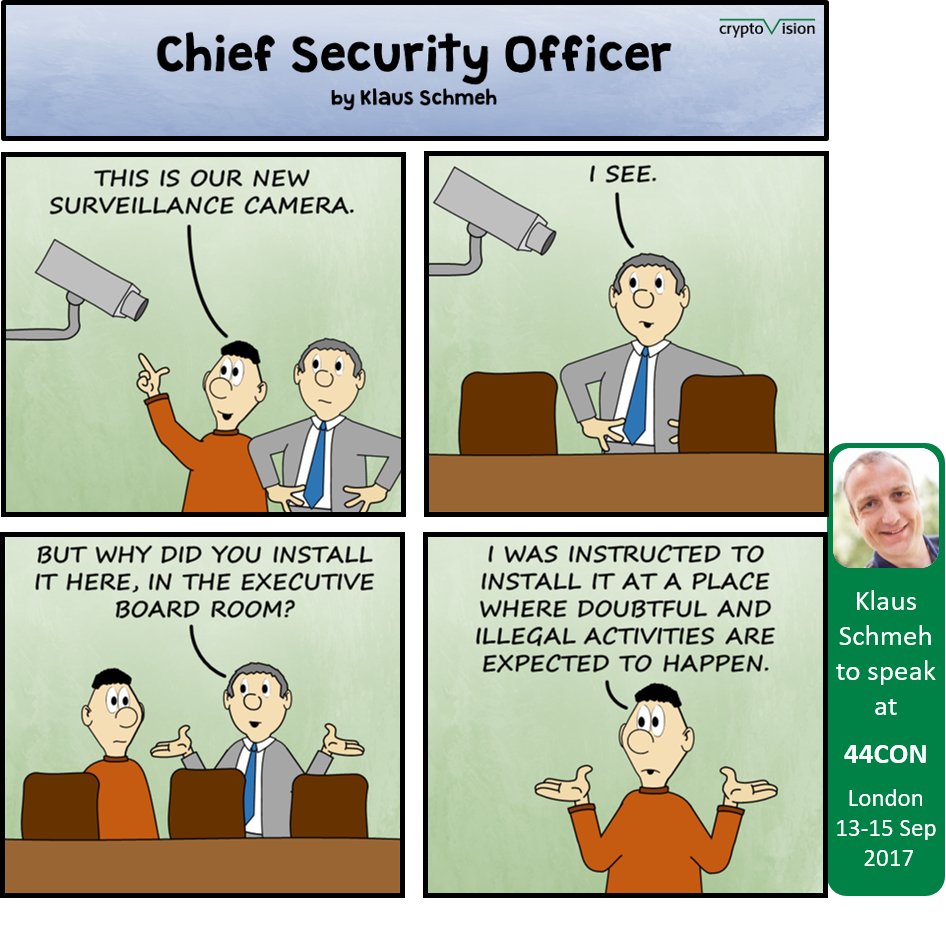 New episodes of
New episodes of
Chief Security Officer
cartoon series. Click here!
___________________________________
The following Rosicrucian diagram of alchemical symbolism with seven planets at top contains an acrostic, too:
The initial letters of the words around the circumference spell out VITRIOL, an archaic name for a sulfate. This figure is taken from Wikimedia – just like the next one, which shows an inscription from the Ulm Minster in Ulm, Germany:
The initial letters of the first four lines spell out IESU (“Jesus”).
A Latin acrostic
And finally, here’s a Latin acrostic I found on the website of a 2013 trade fair in Stuttgart, Germany:
Does a reader know more acrostics? If yes, I would be interested to learn.
Follow @KlausSchmeh
Further reading: The Top 50 unsolved encrypted messages: 33. The censorship manual steganograms
Linkedin: https://www.linkedin.com/groups/13501820
Facebook: https://www.facebook.com/groups/763282653806483/

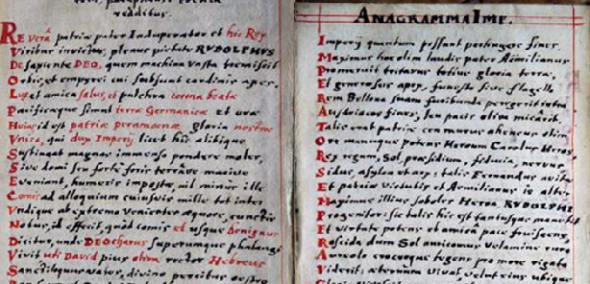
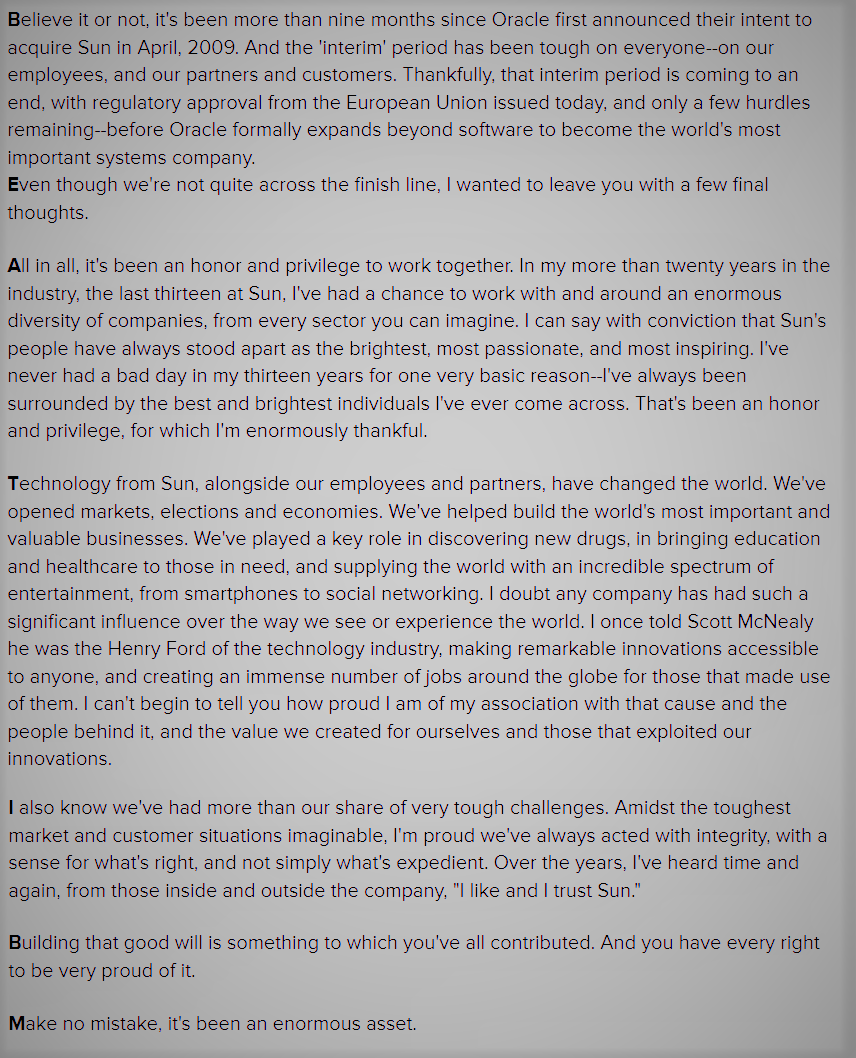
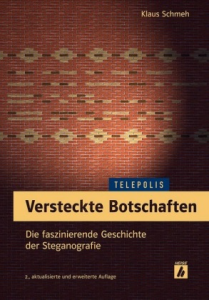
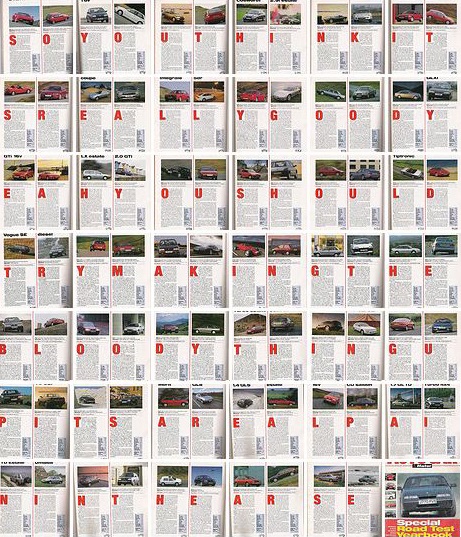
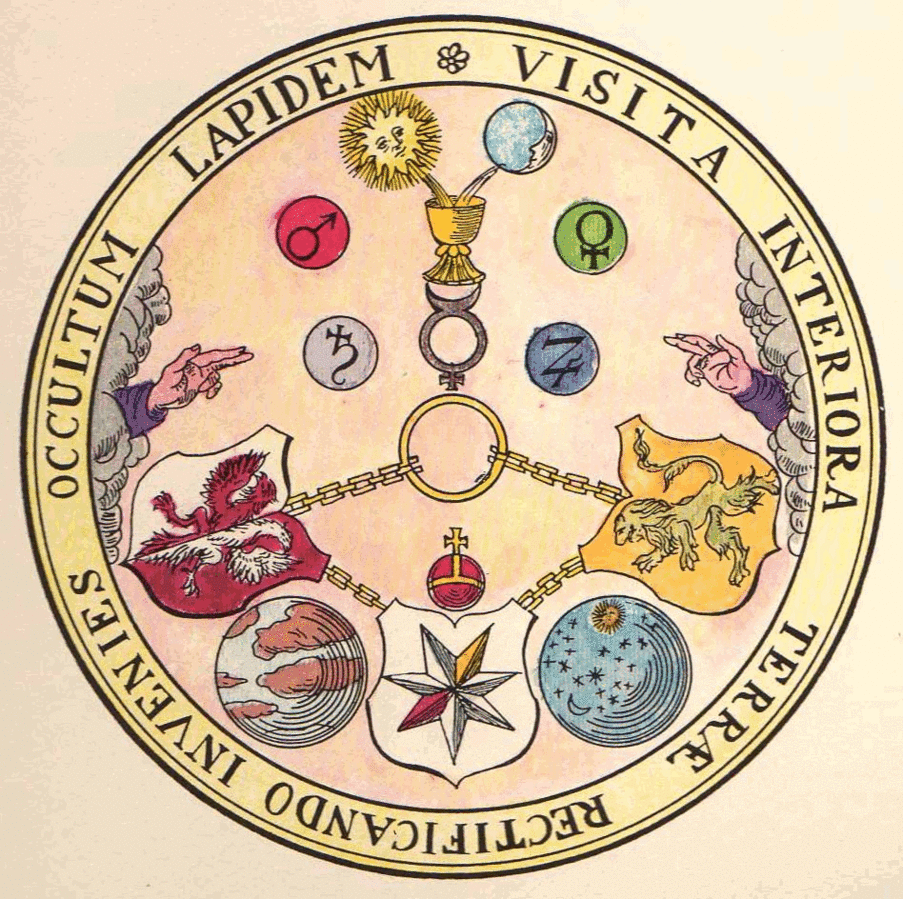
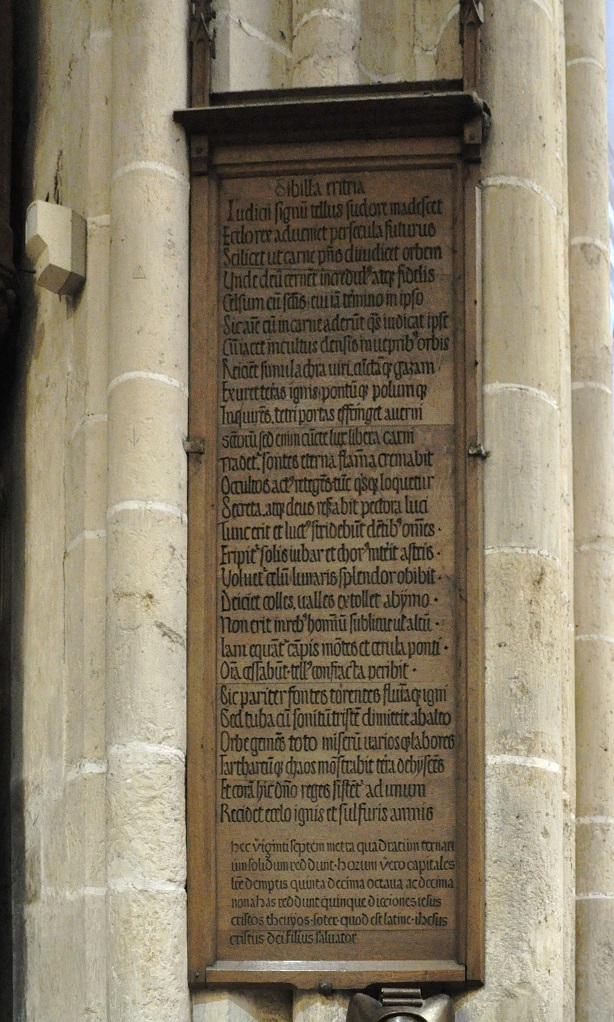
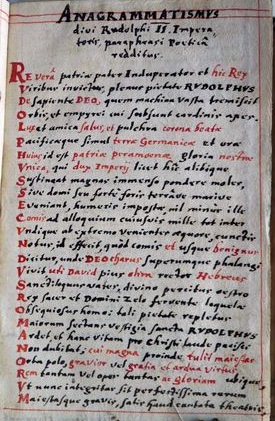


Kommentare (14)